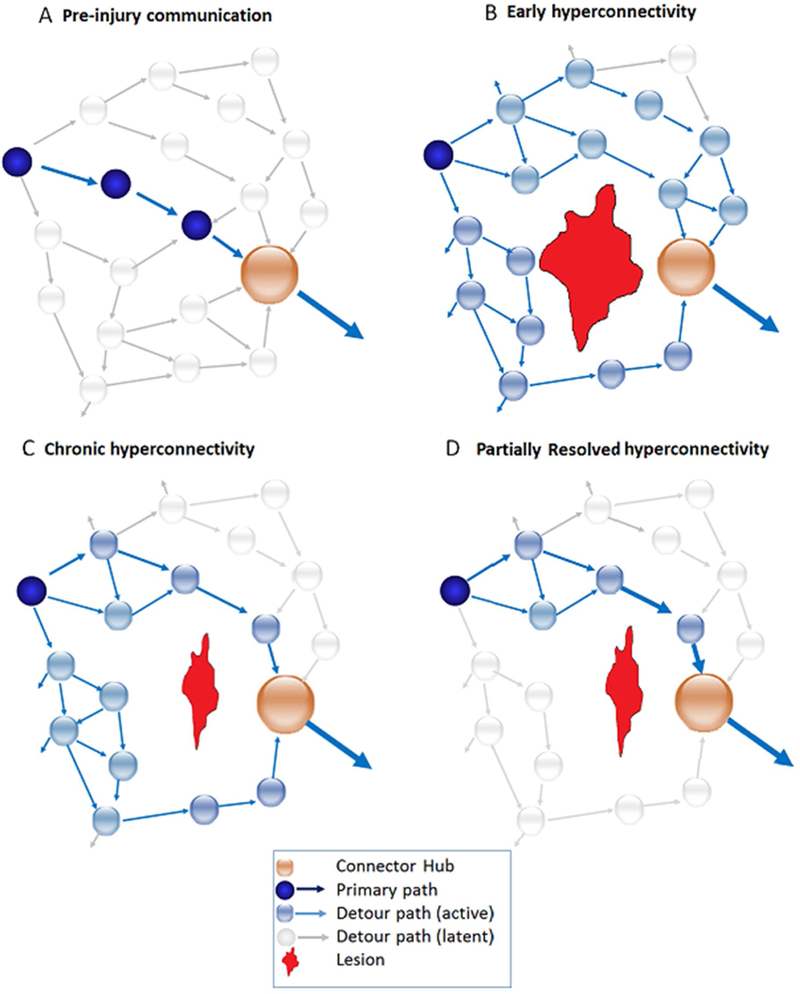Figure 4. Regional Hyperconnectivity expressed through local detour paths.

Schematic example inspired conceptually by Goni et al., (see 2014) to demonstrate the inclusion of detour paths during adaptation to the local effects of brain lesion. 3A: pre-injury communication within local network to community hub. 3B: lesion (in red) disrupts primary pathway to local hub resulting in spreading of signal via detour paths to accumulate signal necessary for signal propagation using less established inputs. Connections to hubs increase, clustering increases and path length increases locally in order to amplify signal using less established routes. 3C: Partial resolution of hyperconnectivity as signaling using detour paths becomes more permanent/refined secondary to increased use, still requiring additional input signals, 3D. Near-complete resolution of hyperconnectivity with relatively longer path length.
